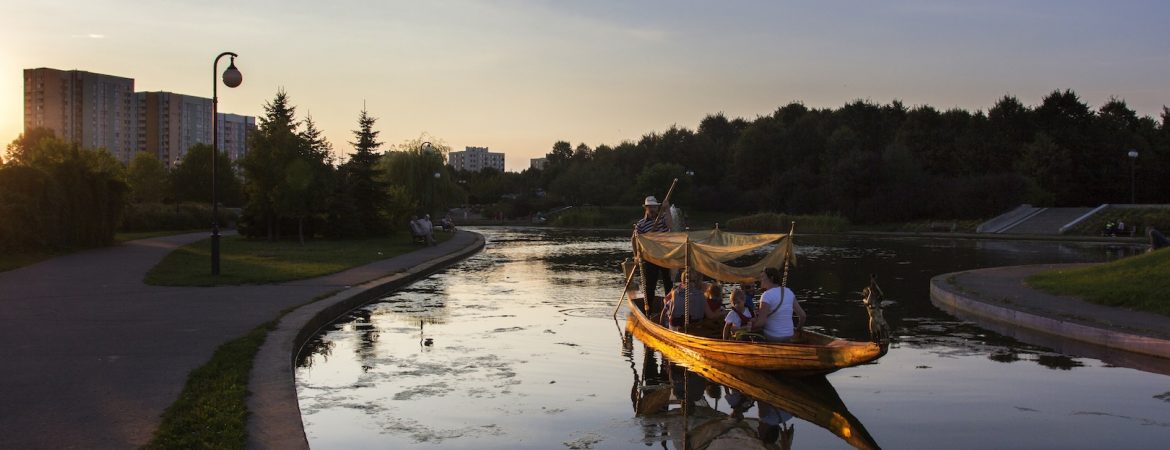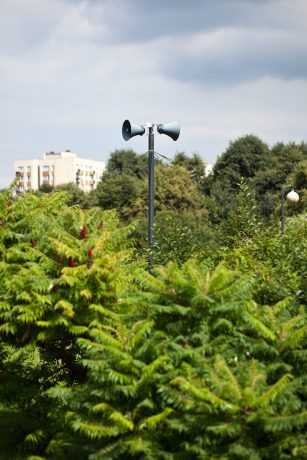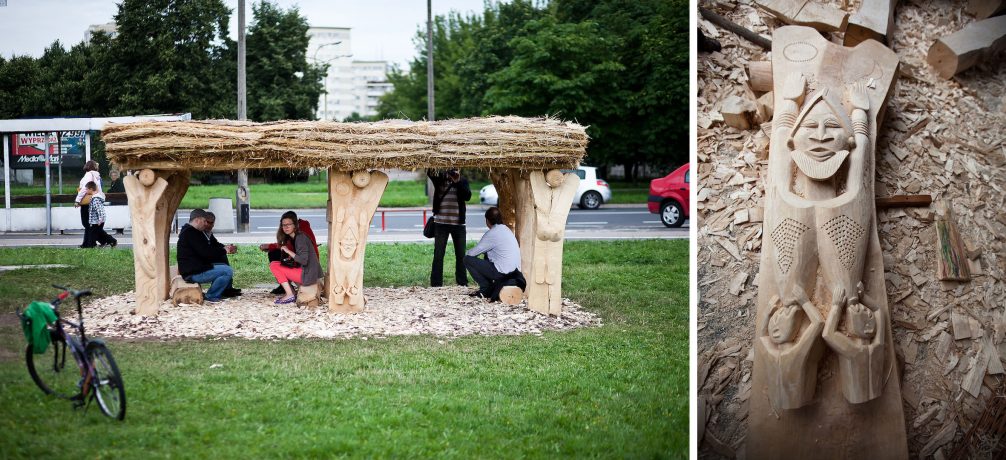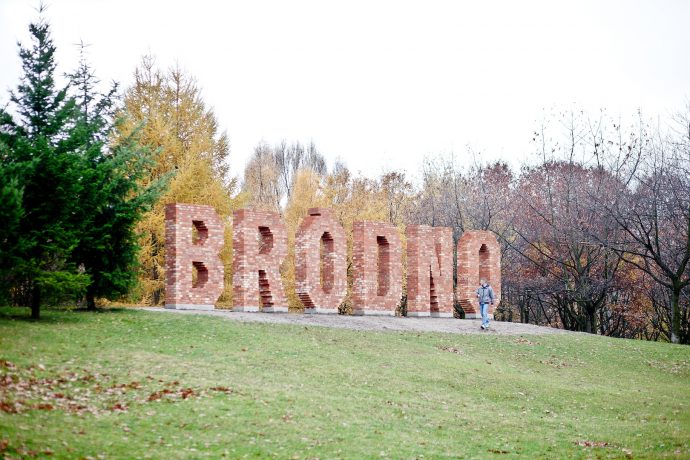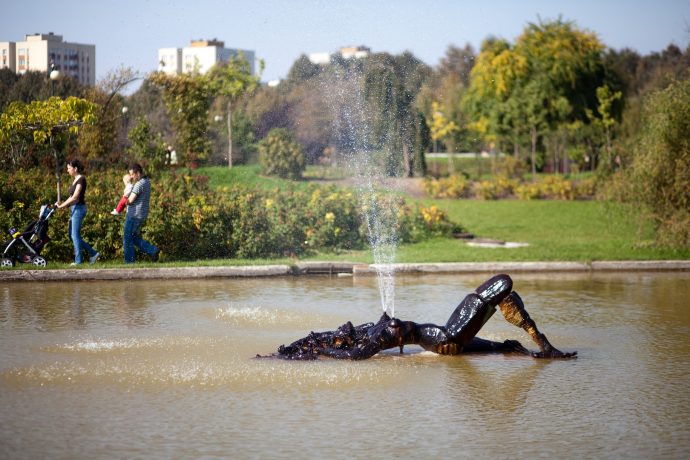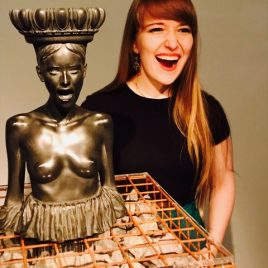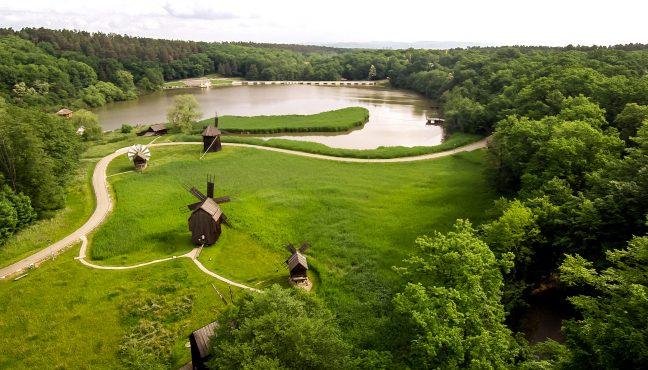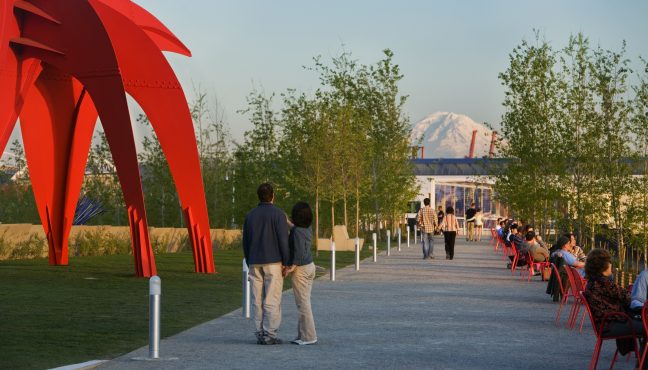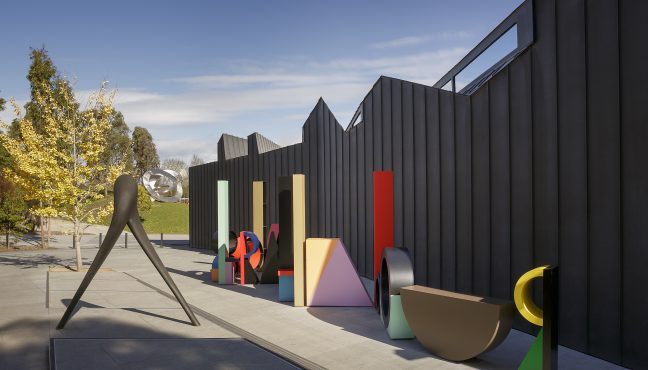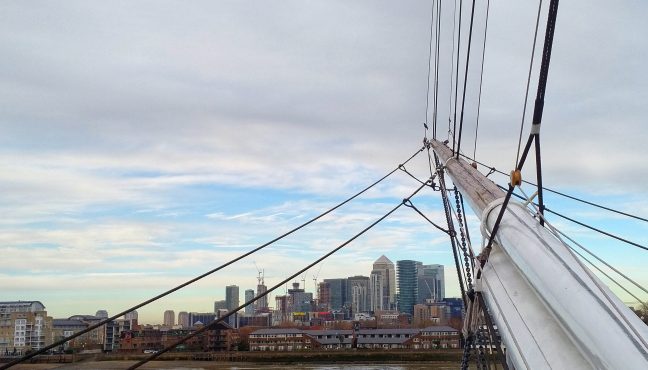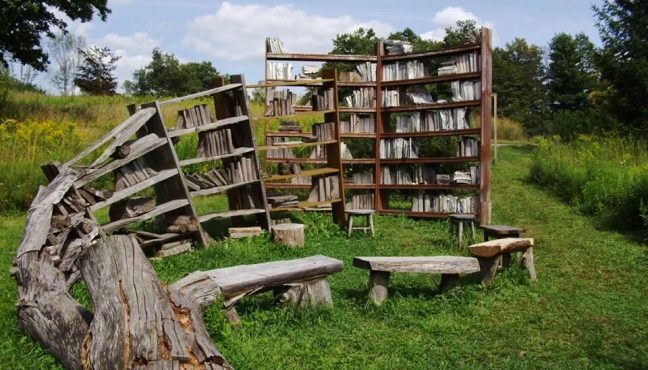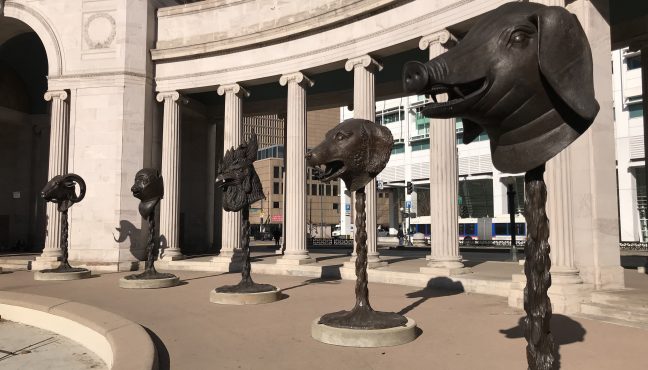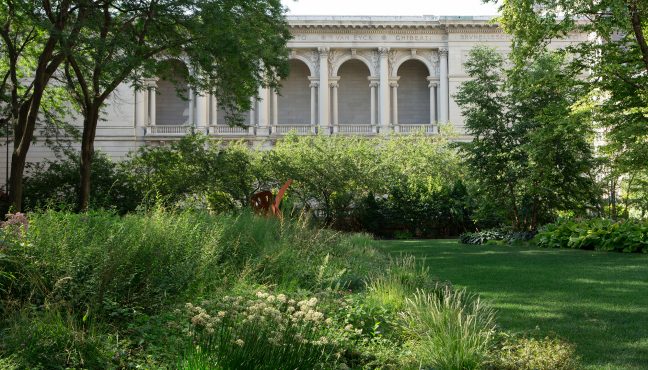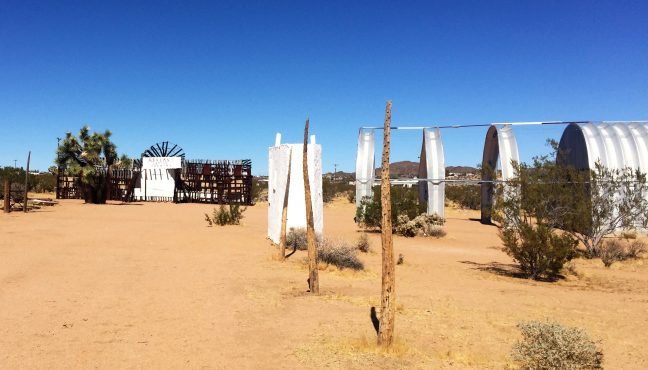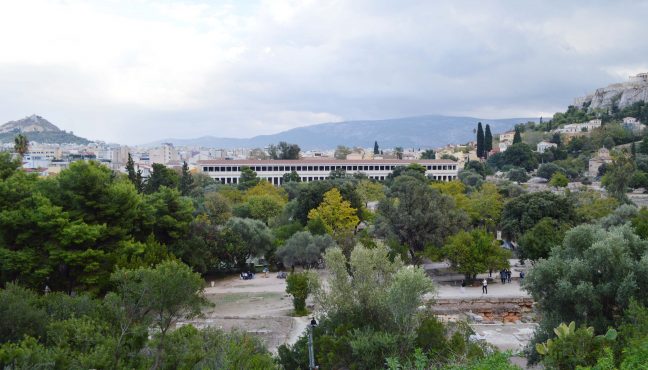The working-class Bródno district, located at the northeastern part of Warsaw, wasn’t in any way significant for art lovers. Changes came with the new millennium, when prominent contemporary artist Pawel Althamer, who grew up in Bródno, invited his neighbors to participate in performances in 2000. The response was enthusiastic and led to the idea of building Althamer’s Garden of Eden – small local sculpture-garden, created in cooperation with Bródno natives (including Elementary School children). “Paradise corner” included diverse trees, bushes and shrubs and each year the garden has been growing and changing its shape with addition of new plants.
A few years later, Pawel Althamer became the driving force behind the idea of creating a “social sculpture” park, where each work would be different in character, manner, approach and technique. That’s when Bródno caught the eye of art lovers. Warsaw Museum of Modern Art and local authorities joined the cause. Bródno Sculpture Park was officially inaugurated in 2009 with works by Olafur Eliasson, Monica Sosnowska and Pawel Althamer himself. Since then the park has grown and became a cornerstone of the district, playing a vital role in breathing new life in the area and engaging local community.
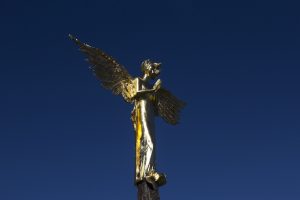
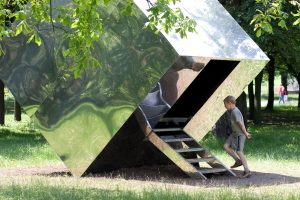
Each work provokes you, makes you remember history, contemplate dilemmas that society faces, deliberate over political and social problems. If you are not in the mood for musing on profound issues you can truly relax and walk around the beautiful park, where sculptures are placed in an unobvious manner so you would uncover them unexpectedly. Thus it is not surprising that the 6th addition to the park was Ai Weiwei’s invisible work. This message to the universe consists of three cylindrical ditches filled with broken crockery (replica of a mid-14th century Chinese vase)and turf to be found in the future. Sebastian Cichocki, the park’s curator said in an interview: “The sculpture is supposed ‘to be found’ by future generations or aliens, or whoever will come after us. We will all be gone by then”.
Each work provokes you, makes you remember history, contemplate dilemmas that society faces, deliberate over political and social problems. If you are not in the mood for musing on profound issues you can truly relax and walk around the beautiful park, where sculptures are placed in an unobvious manner so you would uncover them unexpectedly. Thus it is not surprising that the 6th addition to the park was Ai Weiwei’s invisible work. This message to the universe consists of three cylindrical ditches filled with broken crockery (replica of a mid-14th century Chinese vase)and turf to be found in the future. Sebastian Cichocki, the park’s curator said in an interview: “The sculpture is supposed ‘to be found’ by future generations or aliens, or whoever will come after us. We will all be gone by then”.
While we are still here, we can enjoy Park’s visible works. Even though Jens Haanings’ art is usually ephemeral, for the Sculpture Park the artist created an installation made of bricks and cement: Bródno sign rising on a park hill. And again it is not just a sculpture – together with the sign Haanings developed a new logo for the district that can be used by all Bródno residents free of charge.
The park has its own charm in every season, although in summer you have more options – you can not only appreciate art and beauty, but also even drink coffee and tea in one of the sculptures. Rirkrit Tiravanija created an overturned teahouse with the coffee maker to be a place of attraction for neighbors. In summer Bródno residents organize a park café around the sculpture and everyone can come in and sit in the overturned teahouse. Bródno Sculpture Park is truly “of the people, by the people, for the people” and you will surely feel welcome there and find something that will strike a chord in your heart.
